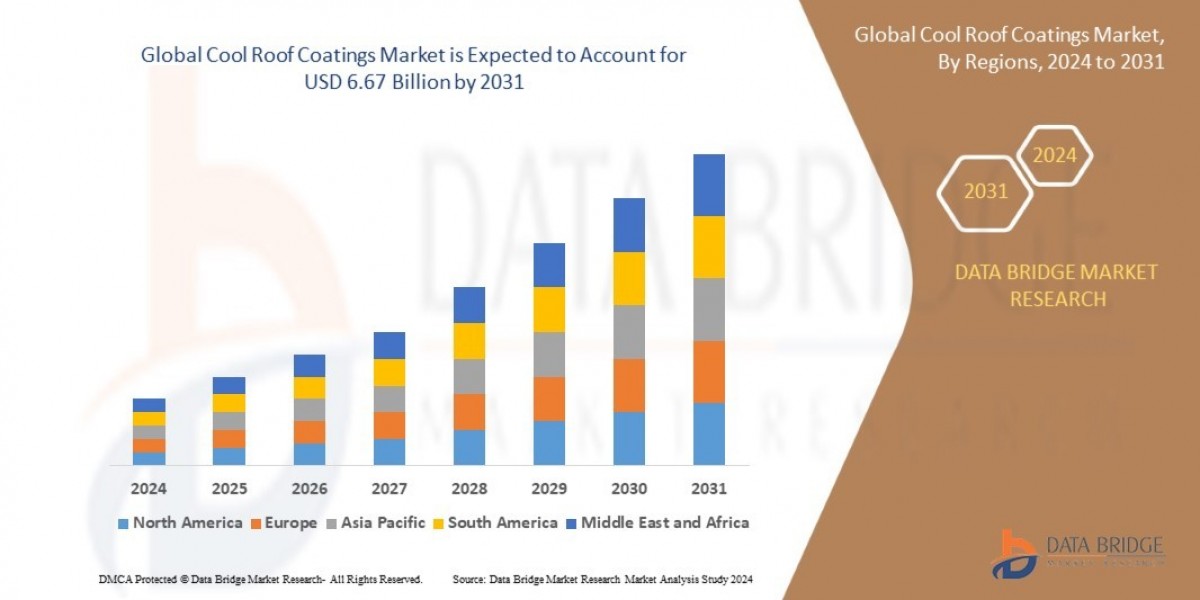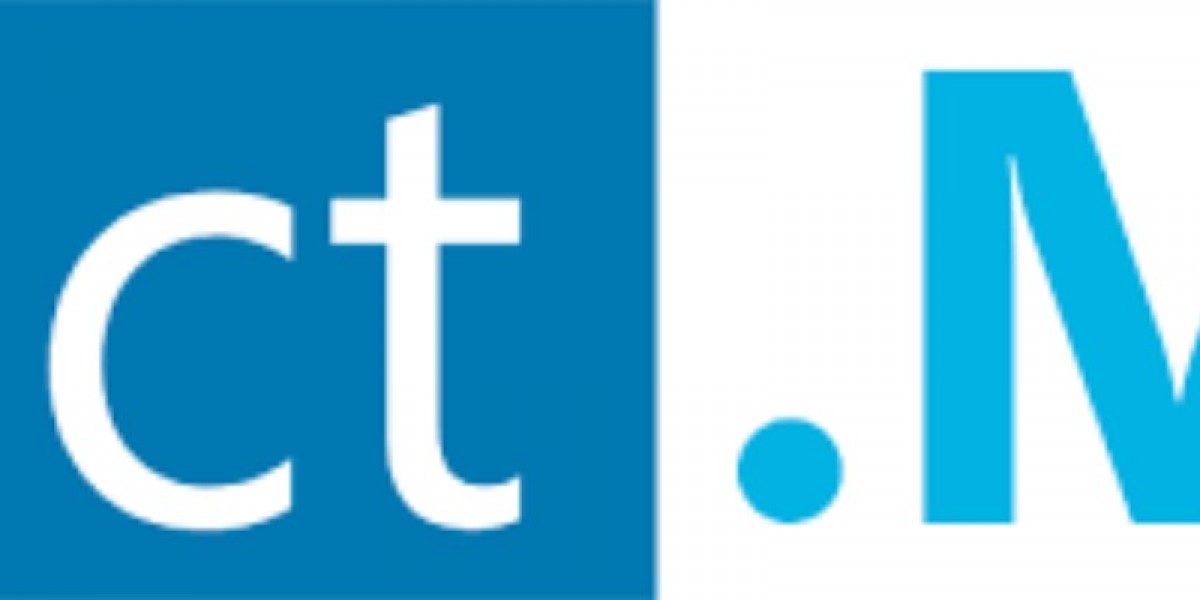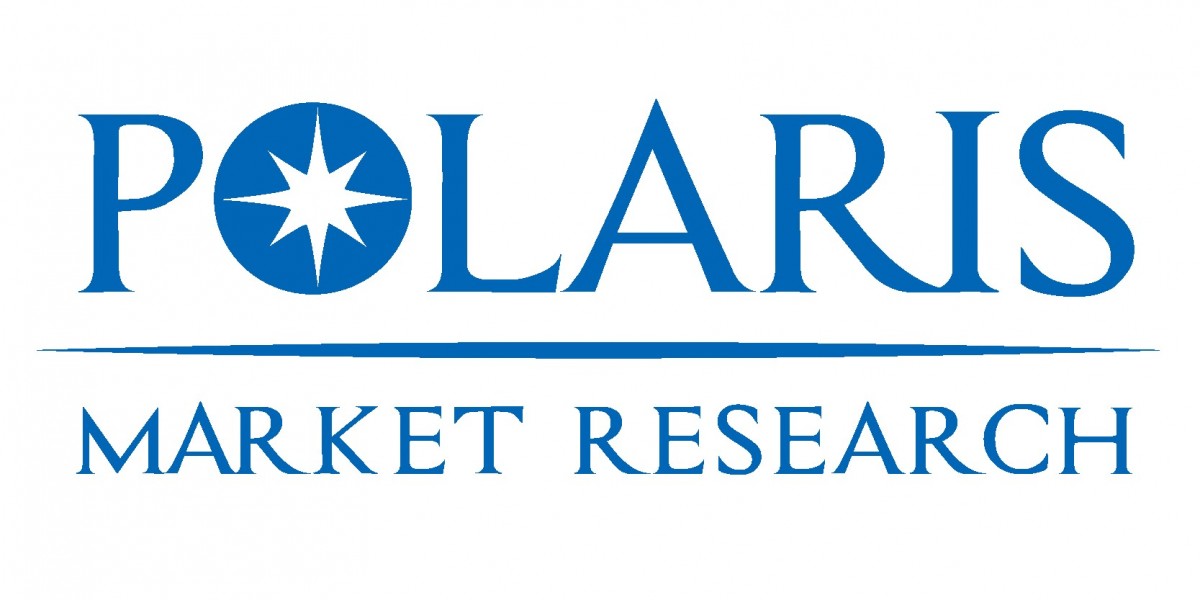The way professionals connect has shifted dramatically. Social media platforms, especially LinkedIn, have become the central hub for networking, collaboration, and visibility. Many young marketers see these platforms as faster and more direct than traditional memberships.
Still, the question remains: are marketing professional associations outdated, or do they continue to hold value in an era dominated by digital networking? To answer this, we need to explore what these associations offer compared to modern online platforms.
Why Associations Emerged in the First Place
Professional associations were originally created to unify practitioners under one banner. They gave members credibility, access to shared resources, and a voice in shaping industry standards. Before the internet, these groups acted as the main channels for education and community-building.
Standard setting: Associations developed ethical codes and best practices that helped the industry earn public trust. This was crucial when marketing was often viewed as manipulative.
Skill building: They provided structured training, certifications, and research publications. Members gained recognition by advancing their knowledge.
Networking: Events, annual conferences, and local chapters offered exclusive chances to meet potential clients or partners. In pre-digital times, these connections were difficult to access elsewhere.
Each of these benefits shaped the early career paths of countless professionals. But the arrival of LinkedIn and digital communities has changed the game.
The Rise of LinkedIn as a Networking Hub
LinkedIn has shifted the balance of power by offering free access to millions of professionals worldwide. It enables marketers to showcase achievements, publish thought leadership, and engage with target audiences without needing to pay for a membership.
What LinkedIn Offers That Associations Struggle With
Global reach: A marketer in London can easily connect with a CMO in New York or a startup founder in Berlin. Associations often focus on national or regional boundaries.
Real-time engagement: Posts, comments, and direct messaging allow conversations to happen instantly, unlike waiting for annual conferences.
Visibility through content: Sharing expertise in posts and articles can reach thousands of people, far more than a closed-member seminar.
Job and client opportunities: Recruiters, agencies, and buyers actively scout talent on the platform, making it an ongoing pipeline for business.
The immediacy and scale of LinkedIn create a competitive challenge for associations, but that does not mean the latter are obsolete.
Where Associations Still Have the Edge
Despite the dominance of LinkedIn, associations still provide unique advantages that platforms cannot fully replicate.
Verified Credibility
Associations vet their members. Being accepted into one demonstrates a level of professional achievement and adherence to industry standards. For agencies, this acts as a quality stamp that online profiles alone cannot guarantee.
Deep Learning Opportunities
While LinkedIn has courses and webinars, associations often develop more rigorous programs. Certifications carry the weight of industry governance, making them respected additions to a professional’s portfolio.
Advocacy and Representation
Associations do more than connect individuals. They represent the collective interests of marketers in discussions about policy, ethics, and business standards. This advocacy role ensures that members’ voices are heard where it matters most.
Focused Networking
Events hosted by associations bring together people who share specific goals and challenges. Unlike the open-ended nature of LinkedIn, these connections are highly targeted and often lead to more meaningful partnerships.
How the Two Can Work Together
The debate should not be framed as “either/or.” LinkedIn and associations can complement one another. Successful professionals know how to use both strategically.
Leverage the visibility of LinkedIn: Share your association achievements, certifications, or event participation with a broader audience. This blends credibility with reach.
Build trust through dual presence: Being active in an association while showcasing expertise online signals reliability. Clients or employers see you as committed both to personal branding and professional standards.
Expand learning: Use LinkedIn to stay updated on daily trends while relying on associations for in-depth, structured education.
When combined, the strengths of both platforms produce a stronger professional identity.
Why Younger Professionals Question Membership Value
Many early-career marketers hesitate to join associations, often questioning if the cost justifies the benefits. The skepticism is understandable in a world where so much content and networking seems free.
Main Concerns Raised
Cost vs. ROI: Membership fees can feel heavy for professionals just starting out. They want to know if the connections and learning will translate into revenue.
Accessibility: Younger marketers are more comfortable with digital-first communities. The idea of paying for physical meetups or printed journals may seem outdated.
Relevance of topics: If associations focus on traditional methods and ignore digital realities, members may feel the education is behind the times.
Associations that fail to modernize risk alienating this new generation of talent.
How Associations Are Adapting to Stay Relevant
Forward-thinking associations are already making changes to remain competitive in a LinkedIn-driven era.
Hybrid events: Instead of only physical conferences, they now host virtual sessions accessible worldwide. This aligns with the digital habits of younger marketers.
Social integration: Many groups encourage members to share content on LinkedIn, blending formal recognition with public visibility.
Specialized certifications: They design niche programs, such as digital marketing analytics or AI-driven advertising, that cater to emerging fields.
Mentorship programs: Unlike casual online connections, structured mentorship creates deeper career guidance. Professionals get long-term value rather than short-term engagement.
These adjustments show that associations are evolving rather than disappearing.
The Long-Term Future of Professional Connections
Looking ahead, the most successful professionals will likely use a blended strategy. They will engage in global networking on LinkedIn while deepening credibility through association memberships. Each fulfills a different role in career development.
For agencies and individuals aiming for senior roles, association credentials may be the differentiating factor. On the other hand, day-to-day visibility and client generation will continue to thrive on platforms like LinkedIn.
Conclusion
Associations once dominated professional networking, but digital platforms have disrupted their position. Yet relevance is not measured by speed alone. Associations bring credibility, advocacy, and structured growth that online platforms cannot fully replace. LinkedIn brings immediacy, scale, and open access that associations cannot match.
The most effective strategy is not choosing one over the other but combining them. By doing so, professionals gain both credibility and reach. That balance is what makes membership valuable in 2025, even in a LinkedIn-dominated landscape. Ultimately, those who invest in both will discover that marketing associations and digital platforms together offer the most sustainable path to long-term growth.








